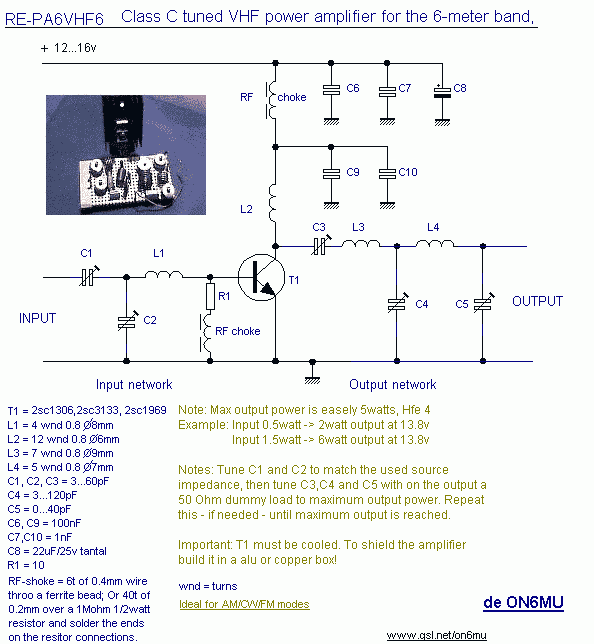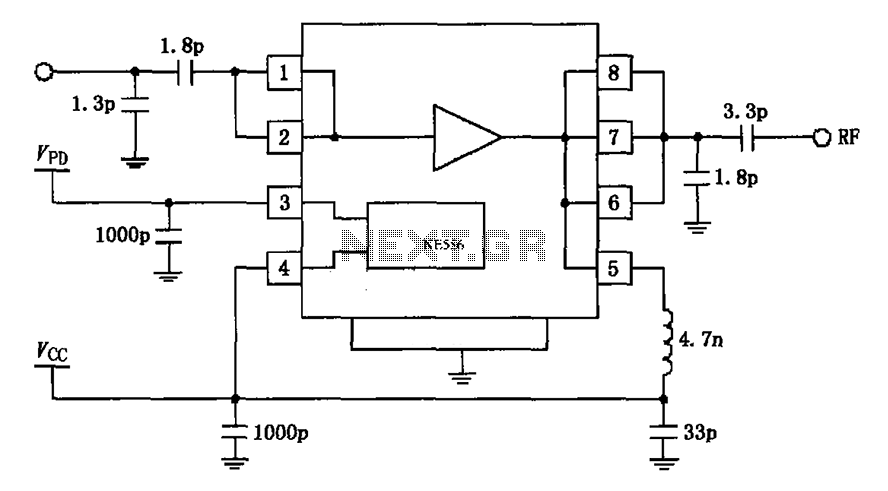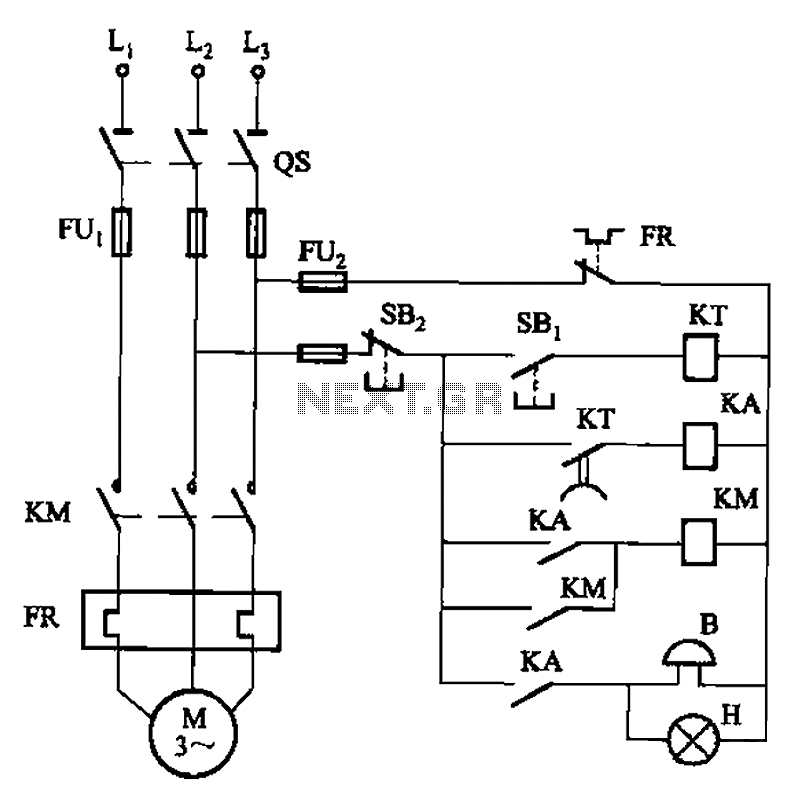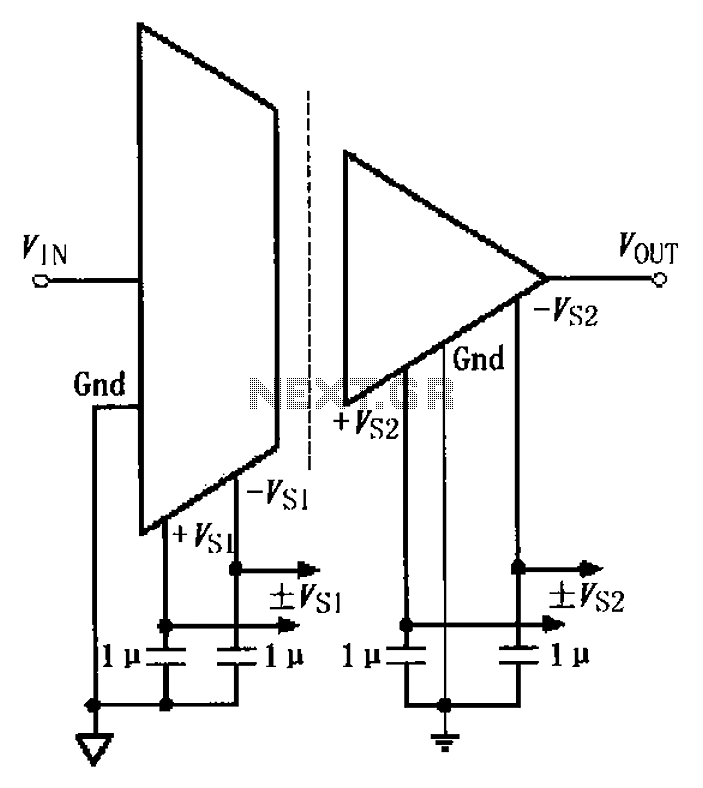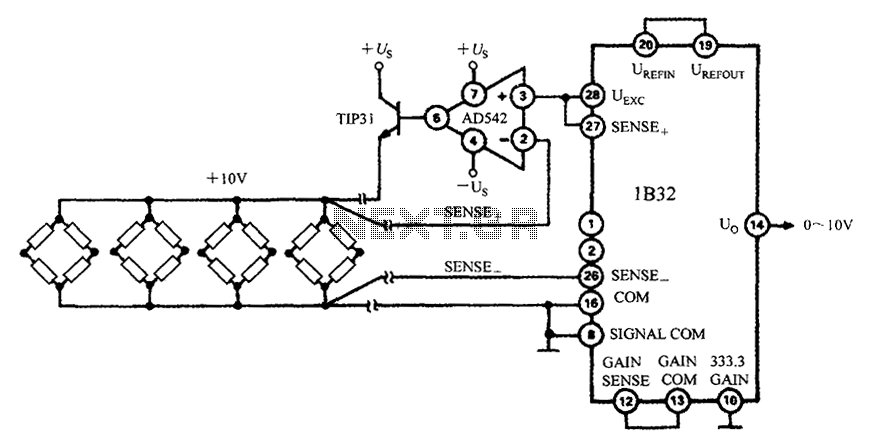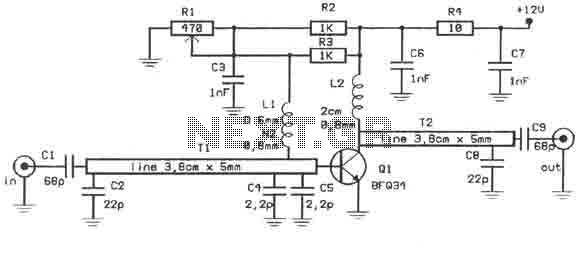
Linear transformer signal conditioner
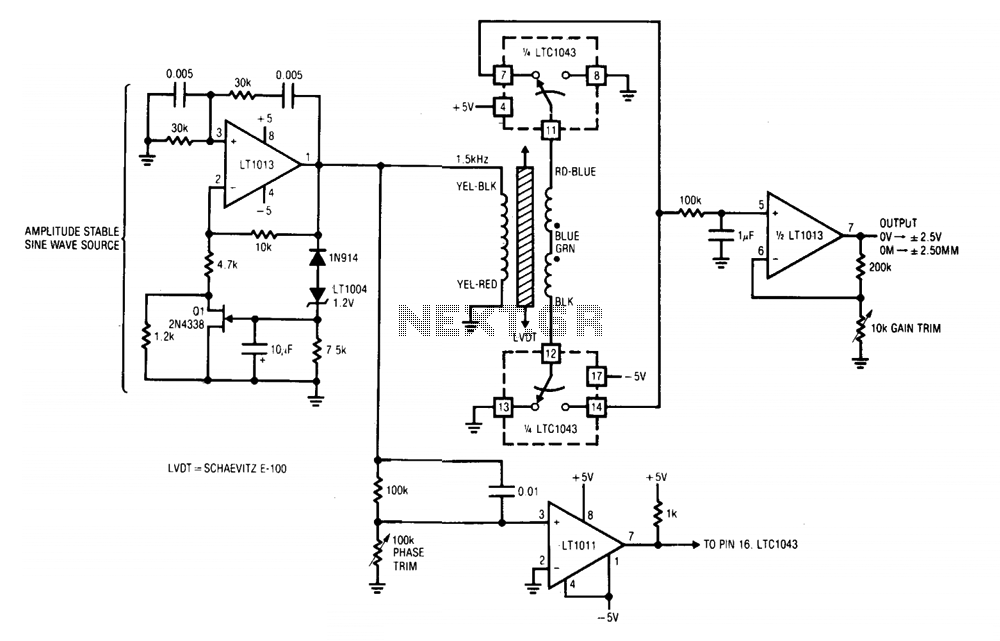
A1 and its associated components provide an amplitude-stable sine wave source. The positive feedback path utilizes a Wien bridge, tuned to 1.5 kHz. The LT1004 reference and additional components in A1's negative feedback loop stabilize the amplifier at unity gain. A1's output generates an amplitude-stable sine wave that drives the LVDT. Capacitor C1 detects zero crossings and feeds the LTC1043 clock pin. A speed-up network at C1's input compensates for the LVDT phase shift, synchronizing the LTC1043's clock with the transformer's output zero crossings. The LTC1043 alternately connects each end of the transformer to ground, resulting in positive half-wave rectification at pins 7 and 14.
These outputs are summed at a low-pass filter that feeds into A2. A2 provides gain scaling and the circuit's output. The synchronized clocking of the LTC1043 ensures that the information presented to the low-pass filter is sensitive to both amplitude and phase. The circuit output indicates how far the core is from the center and on which side it is displaced. To calibrate this circuit, the LVDT core must be centered in the transformer, followed by adjusting the phase trim for a 0 V output. Subsequently, moving the core to either extreme position requires setting the gain trim for a 2.50 V output.
A comprehensive understanding of the circuit can be derived from its components and their interactions. The Wien bridge oscillator configuration in A1 is critical for generating a stable sine wave at the desired frequency of 1.5 kHz. The LT1004 reference is a precision voltage reference that enhances the stability of the oscillator, ensuring that variations in supply voltage do not affect the amplitude of the output sine wave. The unity-gain feedback loop is essential for maintaining the desired gain without introducing distortion, allowing the sine wave to drive the LVDT effectively.
The role of capacitor C1 is significant as it detects zero crossings, which are crucial for synchronizing the LTC1043 clock. The speed-up network is designed to counteract any phase shifts introduced by the LVDT, ensuring that the clock signal remains in sync with the transformer's output. This synchronization is vital for accurate rectification, as the LTC1043 alternates the connection of the transformer ends to ground, allowing for positive half-wave rectification. The resulting signal at pins 7 and 14 is then processed further.
The low-pass filter following the LTC1043 is designed to smooth out the rectified signal, presenting a clean output to A2. A2's function is to scale this signal appropriately, providing the necessary gain to reflect the position of the LVDT core accurately. The circuit's design ensures that the output is both amplitude and phase-sensitive, providing a reliable indication of the core's position relative to the center.
Calibration of the circuit is straightforward but critical for accurate operation. Centering the LVDT core ensures that the system operates from a known reference point. Adjusting the phase trim to achieve a 0 V output at the center position is essential for establishing the baseline. After this, moving the core to its extreme positions and setting the gain trim to 2.50 V output ensures that the system can accurately reflect the full range of motion of the core, providing a linear response throughout its operational range. This careful calibration process is key to achieving optimal performance from the circuit.A1 and its associated components furnish an amplitude stable sine wave source. All positive feedback path is a Wein bridge, tuned for 1.5 kHz, Ql, the LT1004 reference, and additional components in Al's negative loop unity-gain stabilize the amplifier. Al's output an amplitude stable sine wave, drives the LVDT. Cl detects zero crossings and feeds the LTC1043 clock pin. A speed-up network at Cl's input compensates LVDT phase shift, synchronizing the LTC1043's clock to the transformer's output zero crossings.
The LTC1043 alternately connects each end of the transformer to ground, resulting in positive half-wave rectification at pins 7 and 14. These points are summed at a low-pass filter which feeds A2. A2 furnishes gain scaling and the circuit's output. The LTC1043's synchronized clocking means the information presented to the low-pass filter is amplitude and phase sensitive. The circuit output indicates how far the core is from center and on which side. To calibrate this circuit, center the LVDT core in the transformer and adjust the phase irim for 0 V output.
Next, move the core to either extreme position and set the gain trim for 2.50 V output. 🔗 External reference
These outputs are summed at a low-pass filter that feeds into A2. A2 provides gain scaling and the circuit's output. The synchronized clocking of the LTC1043 ensures that the information presented to the low-pass filter is sensitive to both amplitude and phase. The circuit output indicates how far the core is from the center and on which side it is displaced. To calibrate this circuit, the LVDT core must be centered in the transformer, followed by adjusting the phase trim for a 0 V output. Subsequently, moving the core to either extreme position requires setting the gain trim for a 2.50 V output.
A comprehensive understanding of the circuit can be derived from its components and their interactions. The Wien bridge oscillator configuration in A1 is critical for generating a stable sine wave at the desired frequency of 1.5 kHz. The LT1004 reference is a precision voltage reference that enhances the stability of the oscillator, ensuring that variations in supply voltage do not affect the amplitude of the output sine wave. The unity-gain feedback loop is essential for maintaining the desired gain without introducing distortion, allowing the sine wave to drive the LVDT effectively.
The role of capacitor C1 is significant as it detects zero crossings, which are crucial for synchronizing the LTC1043 clock. The speed-up network is designed to counteract any phase shifts introduced by the LVDT, ensuring that the clock signal remains in sync with the transformer's output. This synchronization is vital for accurate rectification, as the LTC1043 alternates the connection of the transformer ends to ground, allowing for positive half-wave rectification. The resulting signal at pins 7 and 14 is then processed further.
The low-pass filter following the LTC1043 is designed to smooth out the rectified signal, presenting a clean output to A2. A2's function is to scale this signal appropriately, providing the necessary gain to reflect the position of the LVDT core accurately. The circuit's design ensures that the output is both amplitude and phase-sensitive, providing a reliable indication of the core's position relative to the center.
Calibration of the circuit is straightforward but critical for accurate operation. Centering the LVDT core ensures that the system operates from a known reference point. Adjusting the phase trim to achieve a 0 V output at the center position is essential for establishing the baseline. After this, moving the core to its extreme positions and setting the gain trim to 2.50 V output ensures that the system can accurately reflect the full range of motion of the core, providing a linear response throughout its operational range. This careful calibration process is key to achieving optimal performance from the circuit.A1 and its associated components furnish an amplitude stable sine wave source. All positive feedback path is a Wein bridge, tuned for 1.5 kHz, Ql, the LT1004 reference, and additional components in Al's negative loop unity-gain stabilize the amplifier. Al's output an amplitude stable sine wave, drives the LVDT. Cl detects zero crossings and feeds the LTC1043 clock pin. A speed-up network at Cl's input compensates LVDT phase shift, synchronizing the LTC1043's clock to the transformer's output zero crossings.
The LTC1043 alternately connects each end of the transformer to ground, resulting in positive half-wave rectification at pins 7 and 14. These points are summed at a low-pass filter which feeds A2. A2 furnishes gain scaling and the circuit's output. The LTC1043's synchronized clocking means the information presented to the low-pass filter is amplitude and phase sensitive. The circuit output indicates how far the core is from center and on which side. To calibrate this circuit, center the LVDT core in the transformer and adjust the phase irim for 0 V output.
Next, move the core to either extreme position and set the gain trim for 2.50 V output. 🔗 External reference
Warning: include(partials/cookie-banner.php): Failed to open stream: Permission denied in /var/www/html/nextgr/view-circuit.php on line 713
Warning: include(): Failed opening 'partials/cookie-banner.php' for inclusion (include_path='.:/usr/share/php') in /var/www/html/nextgr/view-circuit.php on line 713
